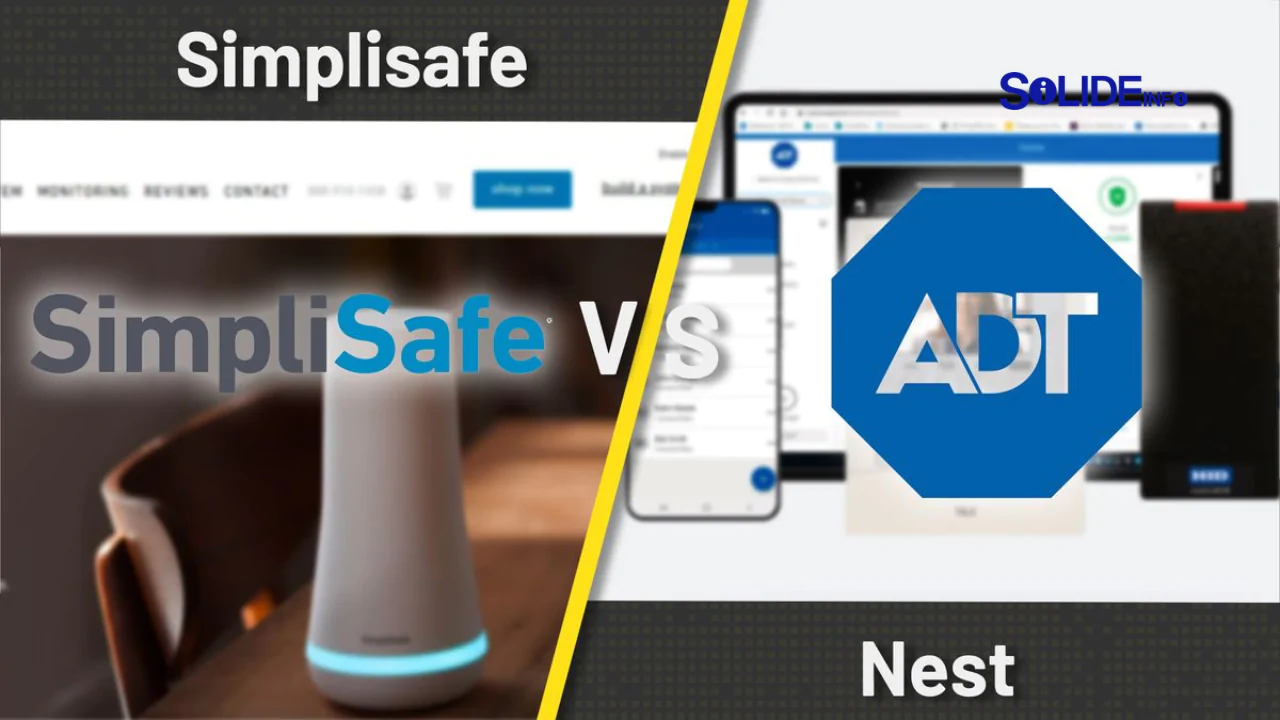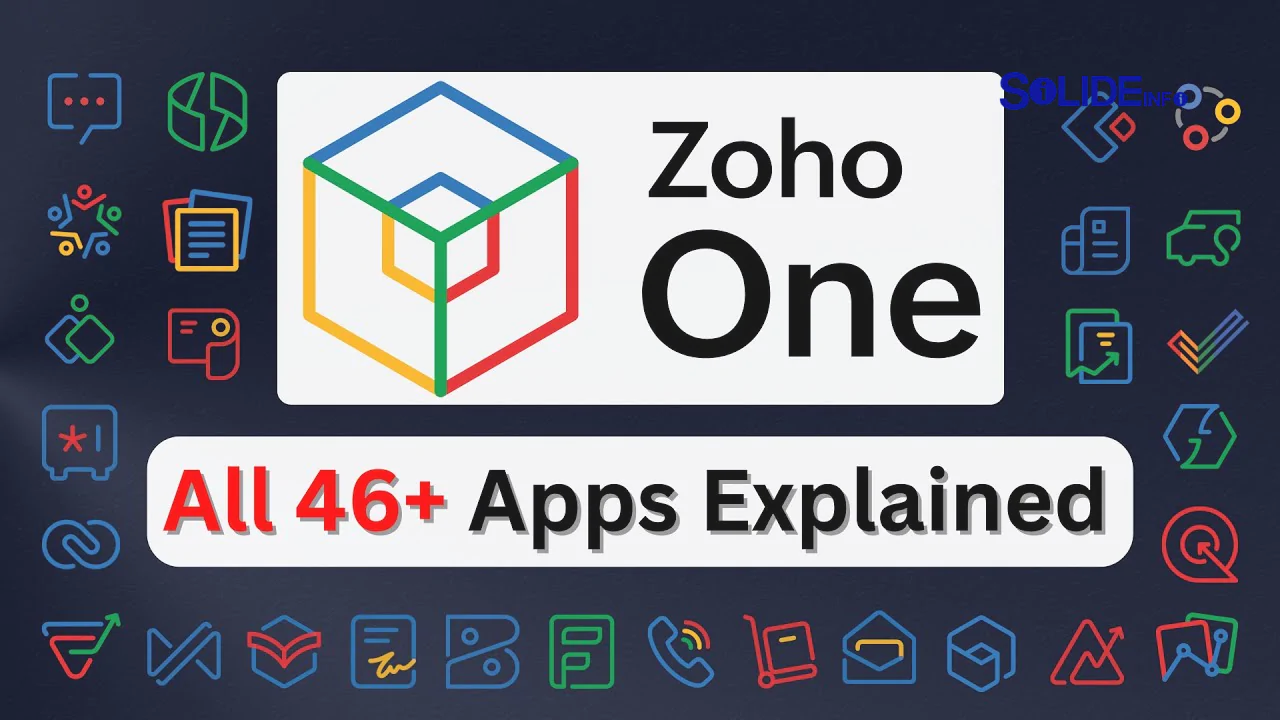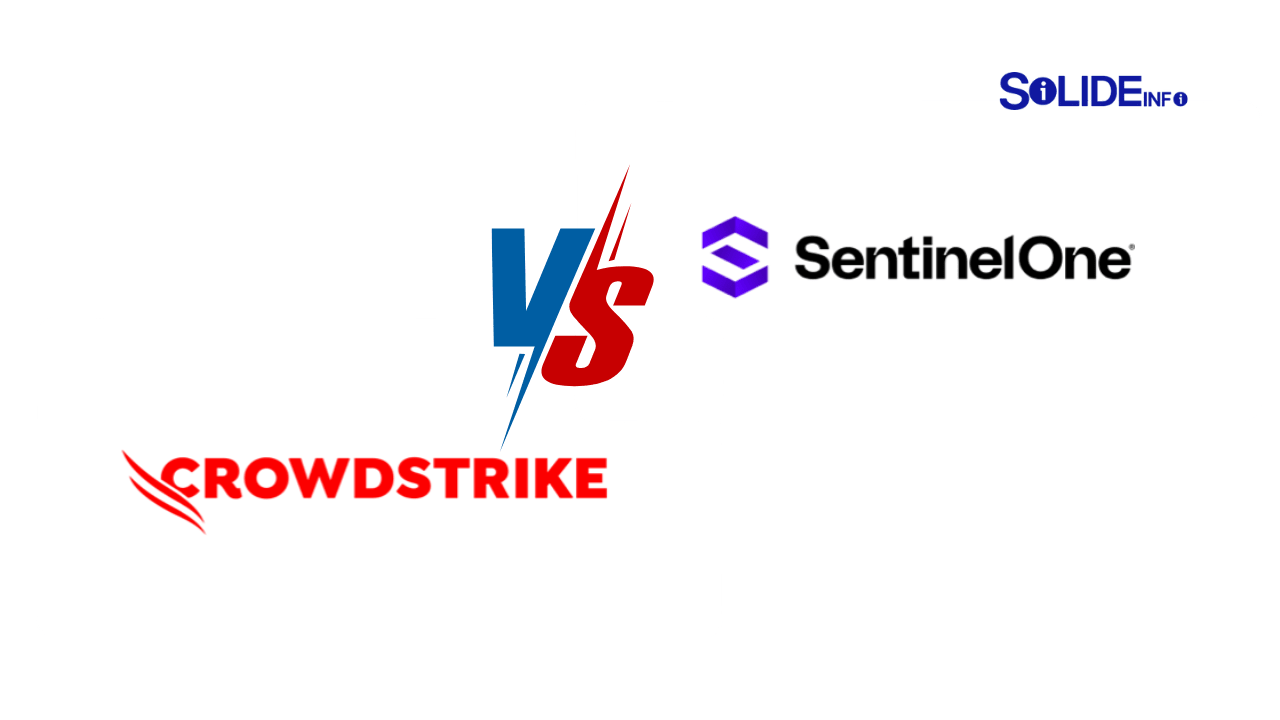ADT vs SimpliSafe vs Vivint: Comparing Home Security Systems for 2025

Picture this: you’re lying in bed at 2 AM when you hear a strange noise downstairs. Your heart starts racing, and you’re wondering if that’s just the cat knocking over a plant or something more serious. If you’ve ever found yourself in this scenario, you’re definitely not alone – and you’re probably thinking it’s time to invest in a proper home security system. The question is, which one should you choose when there are so many options out there?
When it comes to home security systems, three names consistently dominate the conversation: ADT, SimpliSafe, and Vivint. Each of these companies has carved out its own niche in the market, but choosing between them can feel like trying to pick your favorite child – they all have their strengths and quirks. ADT home security system offerings have been around since the 1870s (yes, you read that right!), making them the granddaddy of home security. Meanwhile, SimpliSafe monthly plans have revolutionized the industry with their no-contract approach, and Vivint has positioned itself as the tech-savvy option for smart home enthusiasts.
The reality is that not all security systems are created equal, and what works perfectly for your neighbor might leave you frustrated and questioning your life choices. Some people swear by professional installation and monitoring, while others prefer the flexibility of DIY systems they can manage from their smartphones. The key is understanding what each system offers, how much you’re willing to spend, and what level of technological sophistication matches your lifestyle. Let’s dive deep into these three major players and help you figure out which adt security solution, SimpliSafe package, or Vivint system deserves a spot in your home.
ADT Security: The Time-Tested Giant
When people think of home security, ADT is often the first name that comes to mind, and there’s a good reason for that longevity. The company has been protecting homes and businesses for over 150 years, which means they’ve had plenty of time to figure out what works and what doesn’t. ADT offers a comprehensive range of security solutions, from basic alarm systems to sophisticated smart home integrations that can make your house feel like something out of a sci-fi movie.
One of the most significant advantages of choosing ADT is their extensive network of monitoring centers and local technicians. When you search for “adt security near me,” you’re likely to find authorized dealers and service representatives in most major cities across the United States and Canada. This local presence translates to faster response times for installation, maintenance, and emergency situations. Unlike some competitors who rely heavily on remote troubleshooting, ADT’s technicians can actually show up at your door when something goes wrong.
The ADT home security system packages typically include door and window sensors, motion detectors, a control panel, and 24/7 professional monitoring. What sets them apart is their integration capabilities with existing smart home devices and their partnership with Google Nest, allowing customers to control their security system alongside other connected devices. However, this convenience comes with a price tag that might make your wallet weep – ADT’s monthly monitoring fees generally range from $45 to $60, and that’s before you factor in equipment costs and installation fees.
Many users appreciate ADT’s reliability and the peace of mind that comes with knowing a well-established company is monitoring their home. One Reddit user shared, “I’ve had ADT for eight years, and while it’s not the cheapest option, I sleep better knowing they’ve been in business longer than my great-grandfather was alive. When my basement flooded last year, they detected the water sensor activation and called within minutes.” This kind of testimonial highlights why some people are willing to pay premium prices for ADT’s services.
However, ADT isn’t without its critics. The company requires long-term contracts (typically 36 months), and early termination fees can be substantial. Additionally, their equipment is proprietary, which means if you decide to switch providers, you’ll likely need to start over with new hardware. Some customers also report aggressive sales tactics and difficulty canceling services, though ADT has made efforts to improve their customer service reputation in recent years.
SimpliSafe: The Flexible Innovator
SimpliSafe burst onto the home security scene with a simple promise: effective protection without the hassle of long contracts or professional installation requirements. Their approach has resonated with millions of homeowners who wanted security on their own terms, leading to impressive growth and generally positive simplisafe reviews reddit users consistently praise. The company’s philosophy centers around giving customers control over their security experience, from initial setup to ongoing monitoring decisions.
The beauty of SimpliSafe monthly plans lies in their flexibility and transparency. Unlike traditional security companies that lock you into multi-year contracts, SimpliSafe operates on a month-to-month basis, allowing you to adjust or cancel your service whenever your circumstances change. Their basic self-monitoring plan starts at around $18 per month, while their professional monitoring with cellular backup runs about $28 monthly. This pricing structure makes home security accessible to renters, college students, and anyone who doesn’t want to commit to years of service.
Installation is where SimpliSafe really shines for many users. Their wireless sensors and components are designed for easy DIY setup, with most systems ready to go within 30 minutes. The sensors use adhesive backing rather than screws, making them renter-friendly and perfect for people who don’t want to deal with drilling holes in their walls. The SimpliSafe app provides step-by-step guidance, and their customer support team is available to walk you through any challenges you might encounter during setup.
What makes SimpliSafe particularly appealing is their approach to smart home integration and user experience. While they may not have the extensive partnerships that ADT boasts, their system works well with Amazon Alexa, Google Assistant, and August smart locks. The mobile app receives regular updates and includes features like live camera streaming, emergency panic buttons, and the ability to arm or disarm your system from anywhere in the world. Many users report that the app is intuitive and responsive, which isn’t always the case with security system applications.
Simplisafe reviews reddit discussions often highlight the company’s customer service as a standout feature. Users frequently mention helpful representatives who actually seem to understand the products and can provide meaningful assistance. One customer wrote, “I called SimpliSafe at 11 PM on a Tuesday because I couldn’t figure out why my door sensor kept beeping. Not only did someone answer immediately, but they stayed on the line for 15 minutes helping me troubleshoot. No other company I’ve dealt with offers that level of support.” This kind of experience has helped SimpliSafe build a loyal customer base that often recommends the service to friends and family.
However, SimpliSafe isn’t perfect for everyone. Their equipment selection is somewhat limited compared to companies like ADT or Vivint, and they don’t offer some advanced features like home automation beyond basic smart home integrations. Additionally, while their DIY approach appeals to many customers, some people prefer professional installation and the assurance that everything is set up correctly from the start.
Vivint vs ADT: The Smart Home Showdown
When comparing vivint vs adt, the conversation quickly shifts to smart home capabilities and technological innovation. Vivint has positioned itself as the premium choice for homeowners who want their security system to be the central hub of a comprehensive smart home ecosystem. Unlike ADT’s more traditional approach or SimpliSafe’s simplicity-focused model, Vivint emphasizes cutting-edge technology and seamless integration between security and home automation features.
Vivint’s smart home platform goes far beyond basic security monitoring. Their systems can control lighting, thermostats, door locks, garage doors, and even sprinkler systems, all from a single touchscreen control panel or mobile app. The company’s Sky Control panel features a 7-inch touchscreen that serves as the command center for your entire connected home. This level of integration means you can create custom scenes like “bedtime” that automatically locks doors, arms the security system, adjusts the thermostat, and turns off lights throughout the house.
The technology behind Vivint’s offerings is genuinely impressive. Their outdoor cameras include AI-powered features that can distinguish between people, animals, and vehicles, reducing false alarms and providing more relevant notifications. The indoor cameras offer two-way communication and can be programmed to send alerts when they detect specific activities or sounds. For families with children or elderly relatives, these features can provide valuable peace of mind beyond traditional security concerns.
However, this technological sophistication comes with a price premium that makes ADT look affordable by comparison. Vivint’s monthly monitoring plans typically start around $40 but can easily exceed $80 for fully-loaded smart home packages. Equipment costs are also substantial, though the company often runs promotions that can reduce upfront expenses for qualified customers. Like ADT, Vivint requires professional installation and long-term contracts, typically 42 to 60 months.
Customer experiences with Vivint tend to be polarized. Tech-savvy users who fully embrace the smart home ecosystem often rave about the convenience and capabilities, while others find the system overcomplicated and the sales process pushy. One user shared on Reddit, “Vivint’s technology is amazing when it works, but when something goes wrong, troubleshooting can be a nightmare. Their customer service assumes you’re as tech-savvy as they are, which isn’t always the case.” This highlights an important consideration: Vivint works best for customers who are comfortable with technology and willing to invest time in learning their system’s full capabilities.
Breaking Down the Costs: What You’ll Really Pay
Understanding the true cost of home security goes beyond comparing monthly monitoring fees. Each of these companies has different pricing structures, equipment costs, installation fees, and contract requirements that can significantly impact your total investment over time. Let’s break down what you can realistically expect to pay for each option, including some of the hidden costs that might not be obvious during the sales process.
ADT security pricing starts with equipment costs that can range from $99 for basic packages to over $850 for comprehensive systems with multiple cameras, sensors, and smart home devices. Installation fees typically add another $99 to $199, though ADT sometimes waives these costs during promotional periods. Monthly monitoring starts around $45 for basic service and can reach $60 or more for premium packages with cellular backup, app access, and smart home integration. Over a typical 36-month contract, you’re looking at a total investment between $1,800 and $3,500, depending on your chosen package and any promotional pricing.
SimpliSafe takes a more transparent approach to pricing, with starter kits beginning around $230 for basic coverage and scaling up to $490 for comprehensive packages. Since installation is DIY, there are no professional installation fees, though you can pay for professional installation if preferred. SimpliSafe monthly plans range from $18 for self-monitoring to $28 for professional monitoring with cellular backup. Over three years without a contract, you’d spend approximately $1,200 to $1,500 total, making it the most budget-friendly option among the three.
Vivint’s pricing is the most complex and often requires speaking with a sales representative for accurate quotes. Equipment packages typically start around $600 but can easily exceed $1,500 for full smart home systems. Professional installation is mandatory and usually runs $100 to $200. Monthly monitoring plans range from $40 to $80 depending on features and smart home integrations. With their longer contract terms (often 48-60 months), total costs over the contract period can range from $2,500 to $5,000 or more.
These cost comparisons reveal important considerations beyond just monthly fees. While SimpliSafe appears cheapest initially, customers who want professional monitoring and premium features might find the gap narrowing over time. ADT’s higher costs come with the assurance of professional installation and a established support network. Vivint’s premium pricing reflects their advanced technology, but customers need to consider whether they’ll actually use all the smart home features they’re paying for.
User Experiences and Real-World Performance
Reddit communities and online forums provide valuable insights into how these security systems perform in real-world situations. Simplisafe reviews reddit discussions consistently praise the company’s customer service and ease of use, but also reveal some common issues that potential customers should consider. False alarms with pet-immune motion sensors seem to be a recurring theme, particularly in homes with larger dogs or cats that can trigger sensors despite the “pet-friendly” designation.
One SimpliSafe user shared a detailed experience: “I’ve had SimpliSafe for two years, and overall I’m happy with it. The setup was incredibly easy – I had everything installed and tested within an hour. The monthly cost is reasonable, and I like that I’m not locked into a long contract. However, I’ve had issues with the door sensor on my front door. It seems overly sensitive and has triggered false alarms when strong winds shake the door. Customer service was helpful in adjusting the sensitivity, but it took several calls to get it right.”
ADT offers a different customer experience, with professional installation ensuring proper sensor placement and system configuration. Many long-term ADT customers appreciate this hands-off approach, especially older homeowners who aren’t comfortable with DIY technology. However, the flip side is less flexibility in system configuration and higher costs for changes or additions. One ADT customer explained, “I’ve had ADT for over a decade, and they’ve been rock solid. When we remodeled our kitchen, they sent a technician to relocate sensors and update our system at no charge. That level of service is why I stick with them despite the higher monthly cost.”
Vivint vs adt discussions often focus on technological capabilities and smart home integration. Vivint users who fully embrace the smart home ecosystem tend to be enthusiastic advocates, while those who primarily want basic security sometimes feel overwhelmed by the system’s complexity. A Vivint customer shared, “The technology is impressive – I can check my cameras, adjust my thermostat, and arm my security system all from one app. But honestly, I probably only use about half of the features I’m paying for. If you’re not going to dive deep into the smart home stuff, you might be better off with something simpler.”
False alarm rates vary significantly between systems and largely depend on proper installation and configuration. Professional installation (required by ADT and Vivint) generally results in fewer false alarms initially, but DIY systems like SimpliSafe can achieve similar reliability with careful sensor placement. Pet owners consistently report better results with dual-technology motion sensors that combine infrared and microwave detection, regardless of which company they choose.
Response times for monitoring services are generally comparable across all three companies, typically ranging from 30 seconds to 2 minutes for alarm verification and emergency service dispatch. The key difference lies in the customer service experience when technical issues arise. SimpliSafe’s month-to-month model seems to incentivize better customer service, while contract-based companies sometimes receive complaints about responsiveness once customers are locked into agreements.
Making the Right Choice for Your Home
Choosing between these three security options ultimately depends on your specific needs, technical comfort level, budget, and long-term housing plans. Brinks home security and other competitors exist in this space, but ADT, SimpliSafe, and Vivint represent the main categories of home security approaches: traditional professional service, flexible DIY, and premium smart home integration.
For renters or people who frequently relocate, SimpliSafe’s contract-free model and wireless sensors make it the obvious choice. The ability to pack up your entire security system and take it with you eliminates the waste and frustration of starting over with each move. Additionally, the lower upfront costs and monthly fees make it accessible for people on tighter budgets or those who want to try home security without a major financial commitment.
Homeowners who value reliability above all else and prefer professional installation and support might find ADT worth the premium pricing. The company’s longevity and extensive service network provide assurance that help will be available when needed. ADT security near me searches typically yield multiple authorized dealers and service centers, which can be valuable in smaller cities or rural areas where other companies might have limited presence.
Tech enthusiasts who want their security system to serve as the foundation for broader home alarm and automation capabilities should seriously consider Vivint. The integration between security monitoring, cameras, lighting, climate control, and other smart devices creates a cohesive ecosystem that can genuinely improve daily life beyond just security benefits. However, this choice makes most sense for people who are committed to exploring and utilizing advanced features rather than just wanting basic protection.
The decision process should also consider your household’s technical aptitude and interest in managing security systems. SimpliSafe excels for people who want control over their system and don’t mind occasional troubleshooting. ADT works well for customers who prefer a “set it and forget it” approach with professional support handling technical issues. Vivint falls somewhere in between but requires more engagement with technology to justify its premium pricing.
Conclusion: Your Security, Your Choice
After diving deep into the world of adt home security system options, SimpliSafe’s flexible offerings, and Vivint’s smart home integration, the choice becomes clearer when you focus on your specific situation rather than trying to find a universally “best” option. Each of these companies has earned their market position by serving different customer needs effectively, and the right choice for you depends on factors that extend beyond simple feature comparisons or pricing charts.
SimpliSafe emerges as the winner for flexibility and value, particularly appealing to renters, budget-conscious homeowners, and anyone who wants to avoid long-term contracts. Their simplisafe monthly plans provide professional-grade monitoring without the commitment or premium pricing of traditional security companies. The DIY installation might seem intimidating initially, but most customers find it manageable and appreciate the control it provides over their system configuration.
ADT remains the gold standard for customers who prioritize established reputation, professional installation, and comprehensive support networks. While their pricing reflects premium positioning, adt offers the assurance that comes with 150+ years in business and extensive local presence. For homeowners who plan to stay in their current residence for many years and value professional service over cost savings, ADT continues to be a solid choice.
Vivint represents the future of home security for tech-savvy homeowners who want their security system to be part of a broader smart home ecosystem. The vivint vs adt comparison really comes down to whether you value cutting-edge technology and home automation over traditional reliability and proven service models.
Ultimately, the best home alarm system is the one you’ll actually use consistently and feel confident operating. Whether that’s SimpliSafe’s straightforward approach, ADT’s professional service model, or Vivint’s comprehensive smart home platform, the most important step is moving beyond the research phase and actually protecting your home and family. Take advantage of free consultations, read the contract terms carefully, and don’t hesitate to ask questions about anything you don’t understand – your peace of mind is worth the extra effort to get it right.
What experiences have you had with home security systems? Share your thoughts in the comments below, and don’t forget to check out our other articles about cybersecurity best practices and smart home technology trends.
Internal Links (Dofollow):
- Advanced Cybersecurity Strategies for Small Businesses
- Smart Home Automation: Complete Guide to IoT Security
- WordPress Security: Essential Plugins and Best Practices
- Blockchain Technology in Home Security Systems
- AI-Powered Security: The Future of Home Protection
- Federal Trade Commission Home Security Guide – Official FTC guidance on choosing home security systems
- National Institute of Standards and Technology Cybersecurity Framework – NIST cybersecurity best practices for residential applications




